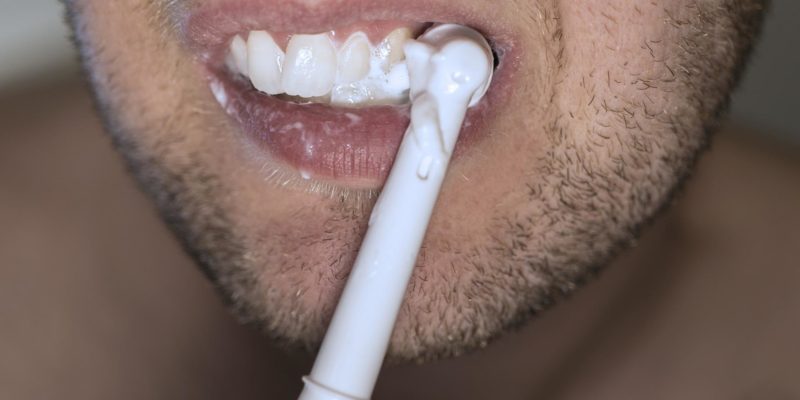Nowadays, there are several whitening products and systems including over-the-counter gels, strips, trays, rinses, and toothpastes. Teeth whitening is considered ideal for those patients with unrestored and healthy teeth and gums. Teeth whitening is deemed ideal for patients with yellow tones but teeth whitening is not for everyone.
Teeth Whitening Safety Tips
To ensure teeth whitening safety, keep the following essentials in mind:
Make sure you follow directions.
Don’t leave whitening gels or strips longer than prescribed. Otherwise, you can end up with sore gums that might lead to other problems along the way. After your teeth whitening treatment, make sure you avoid sports drinks, sodas, and other acidic beverages for a few hours.
Don’t overdo it.
How much tooth whitening is considered too much? If you follow the directions strictly and achieve great results, a touch up session once every 3 months is considered ideal.
Protect your sensitive teeth.
After your whitening treatment session, your teeth can get a little sensitive. However, the sensitivity is often temporary and would disappear on its own. If the teeth sensitivity lingers, visit your dentist to have your teeth checked.
Teeth Whitening: Are You a Good Candidate?
As mentioned earlier, teeth whitening is not for everyone. Teeth whitening is not recommended in the following scenarios:
You have pregnancy and age issues.
Bleaching is not recommended in children that are under the age of 16. The nerve of the tooth (or the pulp chamber) is enlarged until this age. Teeth whitening or bleaching can irritate the pulp and make it sensitive. Bleaching or teeth whitening is also not recommended in lactating or pregnant women.
You have allergies and sensitive teeth.
Patients with sensitive teeth and gums, defective restorations, or receding gums should check with a dentist first before undergoing teeth whitening or bleaching. Also, anyone that’s allergic to peroxide (the whitening agent) should not use any bleaching or teeth whitening products.
You have worn enamel, exposed roots, cavities, and gum disease.
Individuals with worn enamel or gum disease are discouraged from getting tooth whitening. Cavities need to be treated first before it can be whitened. The whitening solutions might penetrate the existing decay and cause sensitivity. Whitening procedures will also not work on exposed tooth roots.
You have crowns, fillings, and other restorations.
Resin composite materials and tooth-colored fillings used in dental restorations like veneers, bonding, bridges, and crowns cannot be whitened. Using a whitening agent on the teeth with restorations can also result in uneven whitening (those without restorations will appear lighter).
You have unrealistic expectations.
If you expect your teeth to be flawlessly white after a teeth whitening session, you would be disappointed. This is especially true if you are a heavy smoker. If you smoke heavily, expect that your results will be limited unless you will stop smoking after the bleaching process. Ideally, you should expect a shade slightly whiter than the whites of your eyes.
You have darkly stained teeth.
If you have yellowish teeth, you can respond well to bleaching. If you have brownish teeth, you won’t be able to achieve the same result. However, if you have purple-stained or grayish teeth, it might not respond to bleaching or whitening at all. Blue-gray staining can require up to six months of in-office appointments to work.
Teeth with very dark stains might not respond well to teeth whitening or bleaching. However, there are other lightening options you can look into including crowns, bonding, and veneers. Your dentist can recommend the option that will suit you best.








Comments